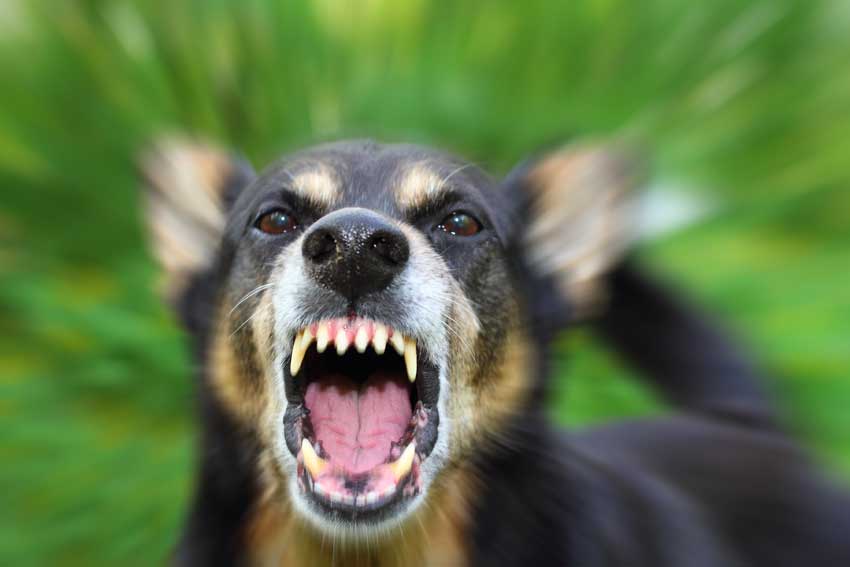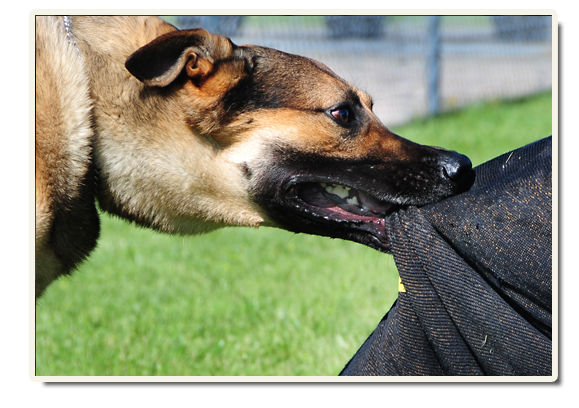Practical Considerations When Dealing With a Dog Bite
Dog bites are particularly dangerous due to the fact that their mouths are a breeding ground for a wide-range of gems, bacteria and other pathogens. A bite, no matter how minor, can lead to extensive infections along with significant tissue and muscle damage. Then there’s also the risk of contracting rabies, which takes a long time to treat. Let’s look at some key things to consider when dealing with the aftermath of a dog bite.
Practical Considerations When Dealing With a Dog Bite
Rabies
Contracting rabies is undoubtedly the biggest concern to someone who gets bitten by a dog, especially when it’s one that is not known to be vaccinated. Rabies is a fatal virus that kills animals as well as humans if immediate and sustained treatment is not pursued. It slowly travels through the nervous system and then into the brain of exposed mammals, but the symptoms may take up to a few weeks to develop.
Symptoms generally manifest themselves through odd behavioral or mood changes. Dogs that are normally docile may become irritable and moody, sometimes exhibiting short and unpredictable bouts of anger. Cranky dogs may become more pleasant and relaxed. These mood changes will last for up to a couple of weeks and will generally be noticeable. As the virus spreads, the mood of the animal will generally become more aggressive, unpredictable and violent. Foaming at the mouth, wild behavior and signs of the animal “losing its mind” are common.
Finally, the animal will transition into a lethargic state as the virus inhibits circulatory and respiratory functioning. They will become weak, dazed, have labored breathing or fall in and out of consciousness along with further fits of rage. The animal will die towards the tail end of this stage.
Rabies is also fatal in humans if treatment is not immediately sought, and courses of medication can run for up to two months before the virus is destroyed. A blood test will indicate whether someone has been exposed to rabies, but it may take some time for the virus to show up in the results. Consequently, the normal course of action is to immediately begin treatment as a precautionary measure because of the potential health risks of the virus spreading.
Infections
Infections present a far more dangerous and pervasive problem than rabies, and people who receive bites will need acute medical attention to ensure that wounds are continually cleaned and monitored. Medical professionals will be on the look out for signs such as redness, swelling, colored discharge from the wound site, puss and a foul odor. Treatment can range from a good cleaning with hydrogen peroxide and betadine to a course of antibiotics.
In severe cases, or when bites extend through the skin to deeper tissues, muscles, tendons, ligaments or bones, surgery may need to be performed to clean the affected area. This may also involve the insertion of a drainage tube, hospitalization and continual follow up visits until the wound heals. Antibiotics are almost always given to patients who receive a dog bite.
Topical antibiotics and wound cleaning are not always enough to ensure that all of the bacteria and other harmful microorganisms are removed. Delaying treatment can lead to serious and life-threatening infections along with the loss of limbs, extremities and even death.
Always remember that the number one rule to follow after getting bitten by any dog, no matter how minor or severe, is to seek prompt medical attention.

